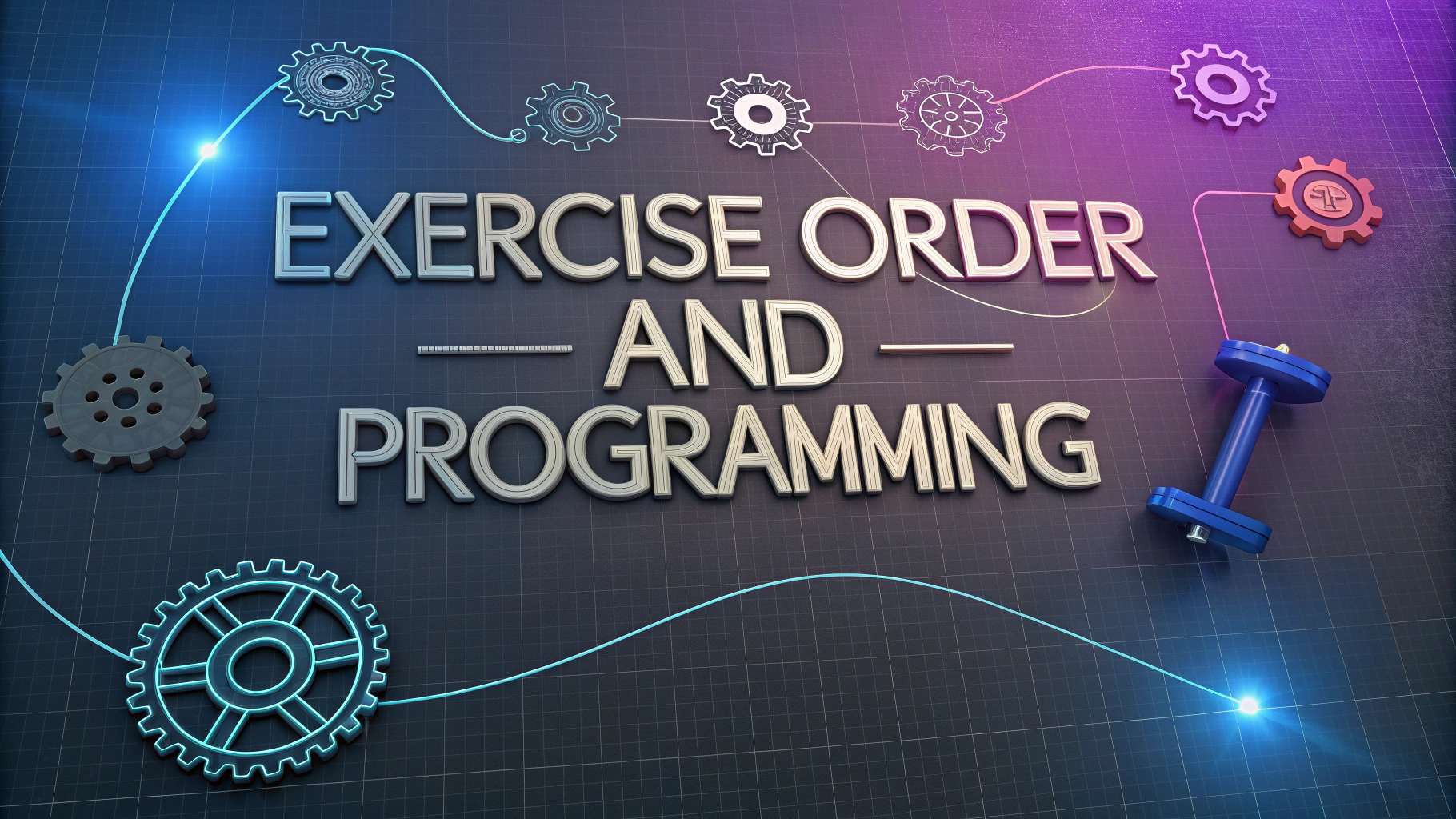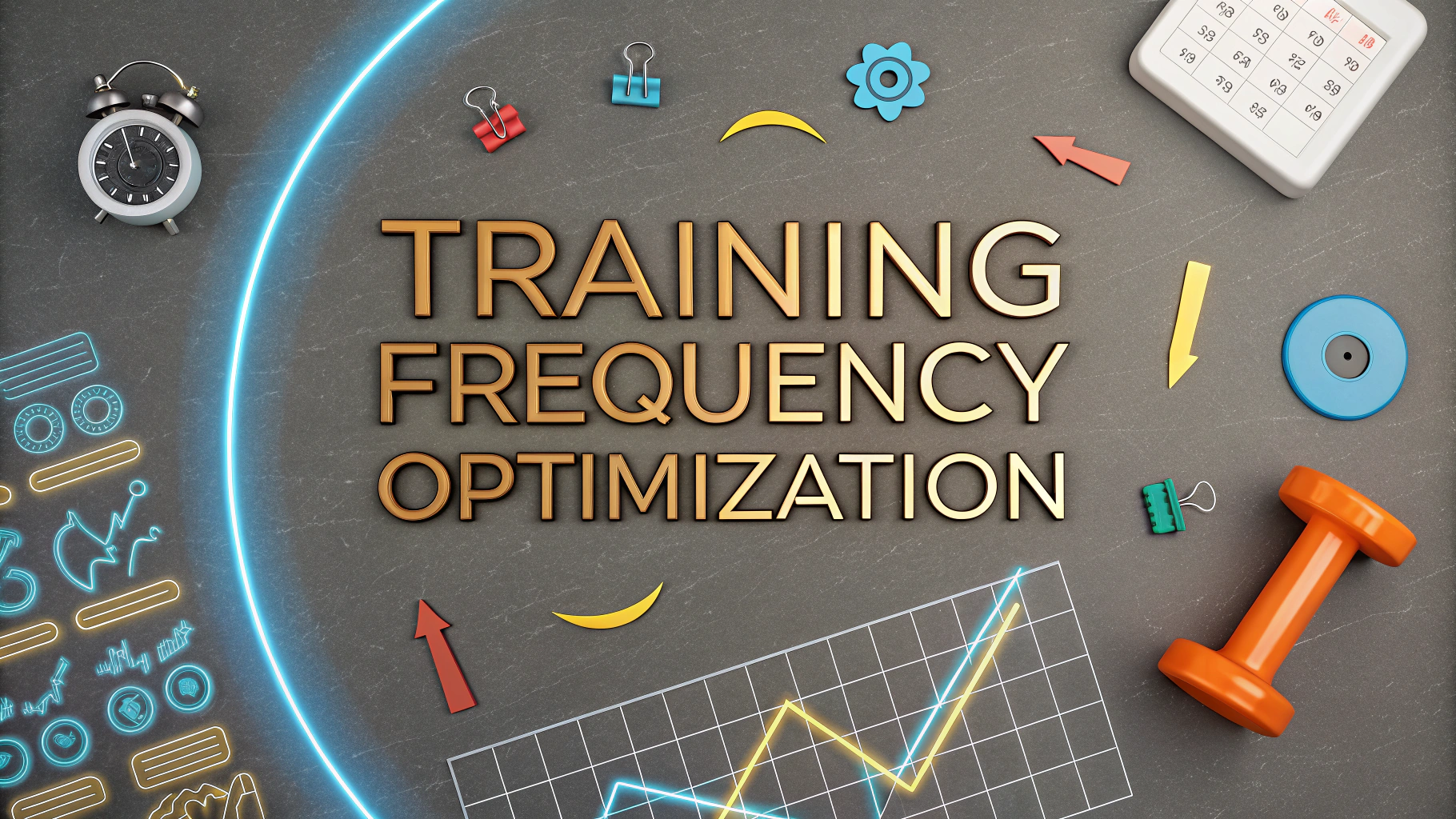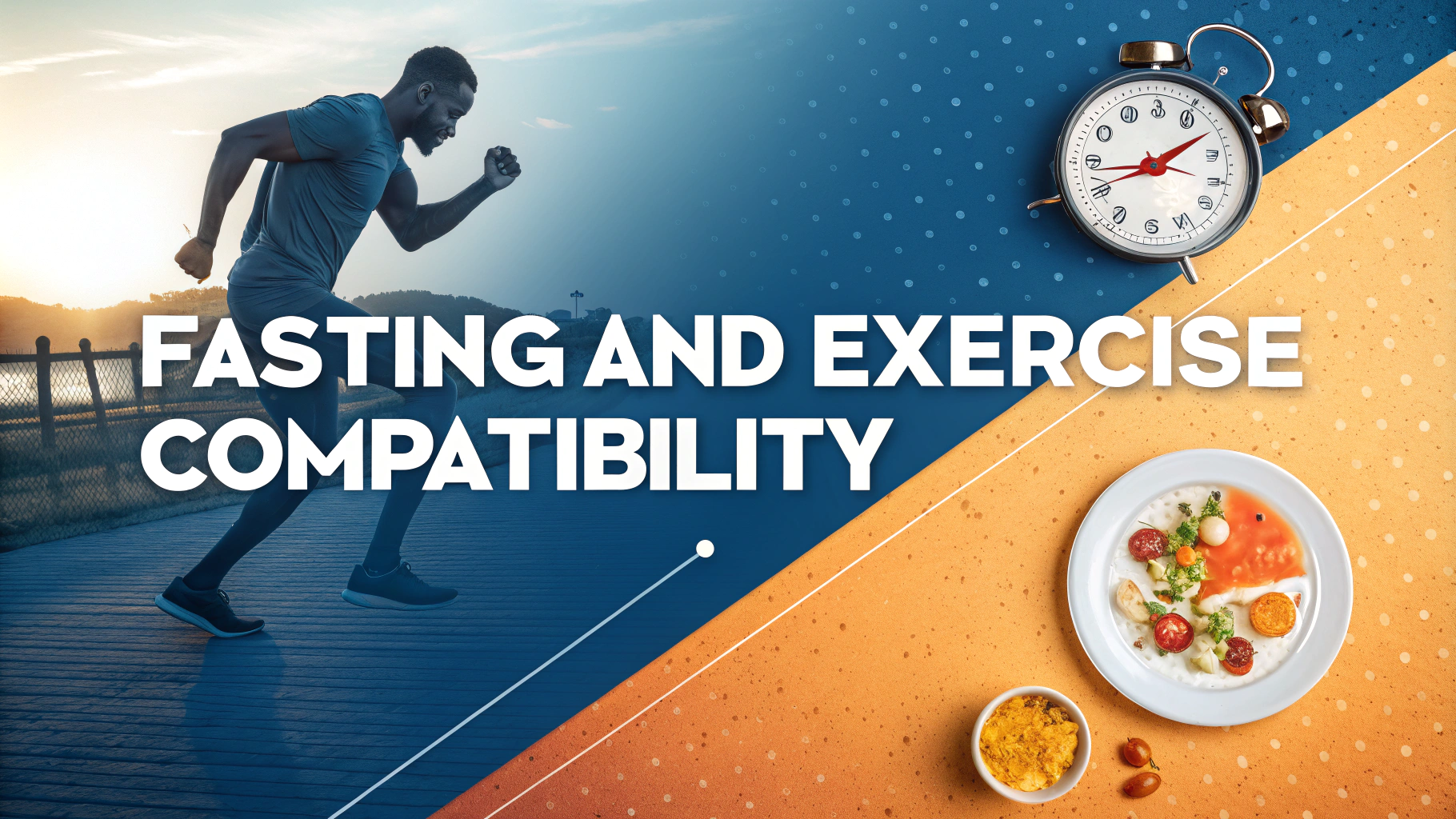Building strength without adding bulk is achievable through specific training methods, proper nutrition, and smart exercise selection.
Your muscles can become stronger through neural adaptations – essentially teaching your nervous system to recruit more muscle fibers more efficiently.
Training Principles for Strength Without Size
- Train with heavy weights (85-95% of 1RM)
- Keep repetitions low (1-5 reps)
- Take longer rest periods (3-5 minutes)
- Focus on compound movements
- Limit training volume
Key Exercises
| Exercise | Sets x Reps | Rest |
|---|---|---|
| Deadlifts | 3-5 x 3 | 4 min |
| Squats | 4 x 3 | 3-5 min |
| Bench Press | 4 x 3 | 3 min |
Nutrition Strategy
Maintain a caloric intake that matches your maintenance needs to prevent muscle growth while supporting strength gains.
- Consume 0.8-1g protein per pound of bodyweight
- Keep carbohydrates moderate
- Include healthy fats for hormone production
- Time protein intake around workouts
Recovery Tips
- Sleep 7-9 hours per night
- Stay hydrated (0.5-1 oz water per pound of body weight)
- Include active recovery days
- Consider contrast showers for recovery
Sample Weekly Schedule
- Monday: Heavy lower body
- Tuesday: Rest
- Wednesday: Heavy upper body
- Thursday: Rest
- Friday: Full body strength
- Saturday/Sunday: Rest
Track your progress using a strength-focused app like Strong or maintain a training log.
Common Mistakes to Avoid
- Training to failure regularly
- Insufficient rest between sets
- Too much training volume
- Inconsistent form
Consider working with a certified strength coach to perfect your form and create a personalized program.
For form checks and technique guidance, visit the National Strength and Conditioning Association website to find qualified trainers in your area.
Advanced Training Techniques
- Cluster sets (breaking sets into mini-sets)
- Wave loading (varying weights within a session)
- Eccentric emphasis training
- Isometric holds at sticking points
Form and Technique Focus
Breathing Mechanics
- Practice bracing techniques
- Use the Valsalva maneuver for heavy lifts
- Maintain proper breathing patterns during sets
Movement Patterns
- Master the hip hinge
- Perfect shoulder packing
- Develop core stability
Progress Tracking Methods
- Keep detailed workout logs
- Record RPE (Rate of Perceived Exertion)
- Video record key lifts
- Track velocity metrics if possible
Conclusion
Building strength without size requires a focused approach combining specific training protocols, precise nutrition, and adequate recovery. Success depends on consistency, proper form, and patience. Regular assessment and adjustment of your program ensures continued progress while maintaining your desired physique.
Remember that individual responses vary, and it may take time to find the perfect balance for your body. Stay committed to the principles outlined above, and adjust variables as needed based on your progress and goals.
FAQs
- How can I gain strength without increasing muscle mass?
Focus on low-rep (1-5), high-intensity training with longer rest periods, emphasize neural adaptations through compound movements, and maintain current caloric intake without surplus. - What exercises are best for building pure strength?
Compound movements like deadlifts, squats, bench press, and overhead press are most effective as they engage multiple muscle groups and allow for heavy loading with proper form. - Should I still do high-protein intake if I don’t want to gain size?
Yes, maintain 0.8-1g of protein per pound of bodyweight to preserve muscle mass and support strength gains, even without pursuing hypertrophy. - What’s the optimal rest period between sets for strength without size?
3-5 minutes between sets allows for complete ATP replenishment and maximum force production in subsequent sets. - How many times per week should I train each movement for strength?
2-3 times per week per movement pattern, with adequate recovery (48-72 hours) between sessions targeting the same movement. - Are there specific supplements that help with strength but not size?
Creatine monohydrate, caffeine, and beta-alanine can enhance strength performance without directly contributing to muscle growth. - How do I know if I’m gaining strength without size?
Track your lifting numbers while monitoring body measurements and weight; strength should increase while measurements remain stable. - What role does form play in building strength?
Proper form is crucial for maximizing neural efficiency, preventing injury, and ensuring optimal force production in compound movements. - Should I incorporate power exercises like Olympic lifts?
Yes, power exercises can enhance rate of force development and neural efficiency without significant hypertrophy when performed with proper technique. - How long should my strength workouts last?
45-75 minutes is optimal for strength-focused sessions, as longer workouts can lead to fatigue and decreased performance quality.







